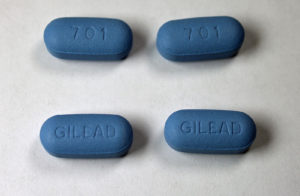The Dark Side of Cause-Marketing
Cause-related marketing, such as National Breast Cancer Awareness Month, may just be a way to move products at higher prices. A new report details the difficulty well-intentioned consumers may encounter in getting a tiny portion of their purchases to go to the intended charities.
Cause-related marketing, such as National Breast Cancer Awareness Month, may just be a way to move products at higher prices. A new report details the difficulty well-intentioned consumers may encounter in getting a tiny portion of their purchases to go to the intended charities.
Your support matters…The Atlantic:
It’s National Breast Cancer Awareness Month, and its signature pink is everywhere: gracing Web sites, coating electronics, and even strapping wristwatches. Yet companies engaging in this cause-oriented marketing are not always as generous as their pink products may make them seem.
A recent Daily Finance article details the hurdles consumers must overcome to ensure that two cents of their pink-packaged Swiffer purchase actually reach the cause the pink box implies: according to a Procter & Gamble spokeswoman, the company will only make a two-cent donation to the National Breast Cancer Foundation if a consumer uses a coupon from Procter & Gamble’s brand saver coupon book, which was distributed in newspapers on Sept. 27. Without the coupon, the limited-edition pink packaging on the Swiffer is simply designed to draw awareness to the cause.
Though concerns about corporate exploitation of breast cancer awareness campaigns may be unsurprising given their profitability–studies cited in Kris Frieswick’s “Sick of Pink” indicate cause-related marketing allows companies both to move more products and to do so at an often higher profit margin–the inconsistent use of the pink ribbon speaks to a more troubling problem of accountability.
Independent journalism is under threat and overshadowed by heavily funded mainstream media.
You can help level the playing field. Become a member.
Your tax-deductible contribution keeps us digging beneath the headlines to give you thought-provoking, investigative reporting and analysis that unearths what's really happening- without compromise.
Give today to support our courageous, independent journalists.




You need to be a supporter to comment.
There are currently no responses to this article.
Be the first to respond.